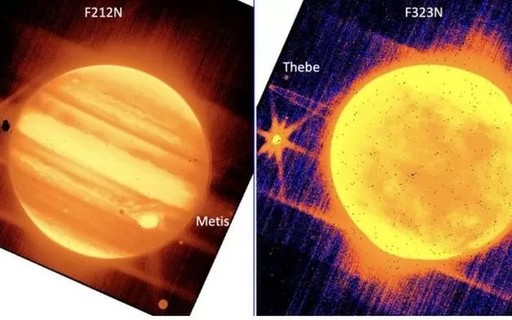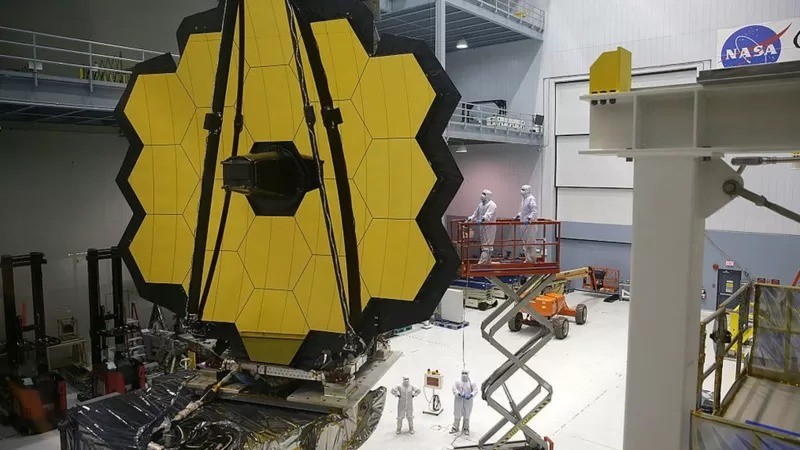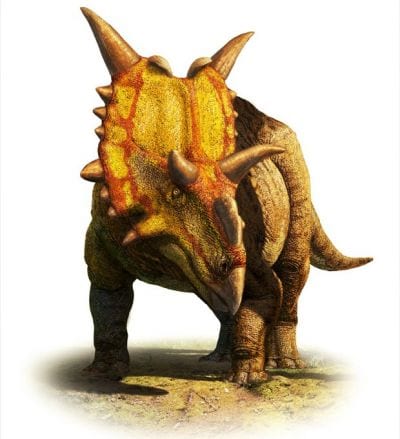Photos of Jupiter taken by the James Webb Telescope (Photo: NASA via BBC)

The first images of the universe captured by the James Webb Space Telescope have left the scientific world – and most who have seen them – in awe.
The amount of detail and, above all, the color range and vividness of the images, have led astronomers to point out that we are at the dawn of a new era in space exploration.
+ Differences between James Webb and Hubble telescope images of the same point in the Universe
+ Stellar nursery and cosmic dance: what new images from NASA’s super-telescope show
After the first image released on Monday – which shows a cluster of galaxies in the region called SMACS 0723 – five more photos were released on Tuesday (7/12), including the Carina Nebula and Stephen’s Quintet.
During the broadcast of these images, the American Space Agency (NASA) also published a document explaining how these recordings were obtained.
In the article, it is possible to see graphics with two photos of Jupiter and its natural satellites – although these images did not cause the same outcry as the others.
The two photographs show the circumference of Jupiter and three of its natural satellites: Metis, Europe and Thebes.
The explanation given by the document, prepared by NASA, the European Space Agency and the Canadian Space Agency, is that Jupiter was used to calibrate the NIRcam, one of the infrared cameras available to the James Webb Telescope.
“The idea was to test the telescope’s ability to capture moving images, as with Jupiter’s natural satellites,” the agencies explain in the paper.
The James Webb Telescope was sent into space in December 2021 (Photo: GETTY IMAGES via BBC)
Why Jupiter?
Scientists chose Jupiter for its unique characteristics, such as being a large, bright planet.
The size made it clear what the test was really about and how the telescope could capture moving celestial bodies, even with giant bright objects behind them.
Another factor was that Jupiter is one of the slowest planets in the solar system, which also made it easier to test the telescope’s fit.
The result of this process was a bright image of Jupiter and three of its satellites.
Likewise, according to experts such as Lean Crane, of New Scientist magazine, the report indicates that the results obtained are much better than expected, which opens up another field of possibilities for the telescope.
“Tests have shown that James Webb is even better than expected at tracking fast-moving objects, which will be especially useful for studying comets, near-Earth asteroids, and even interstellar objects,” he explained.
– This text was originally published at https://www.bbc.com/portuguese/internacional-62176234

“Pop culture fan. Coffee expert. Bacon nerd. Infuriatingly humble communicator. Friendly gamer.”









